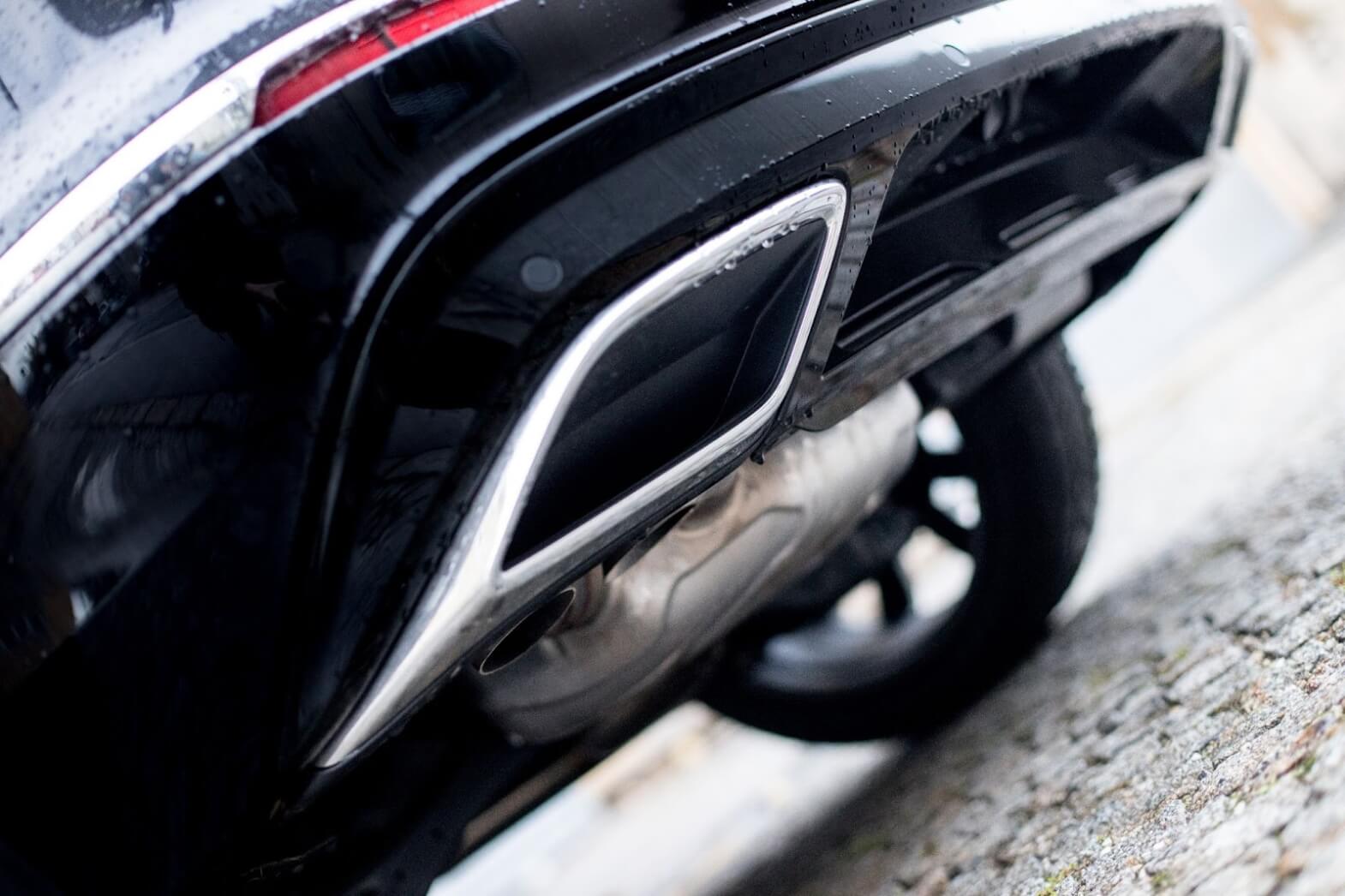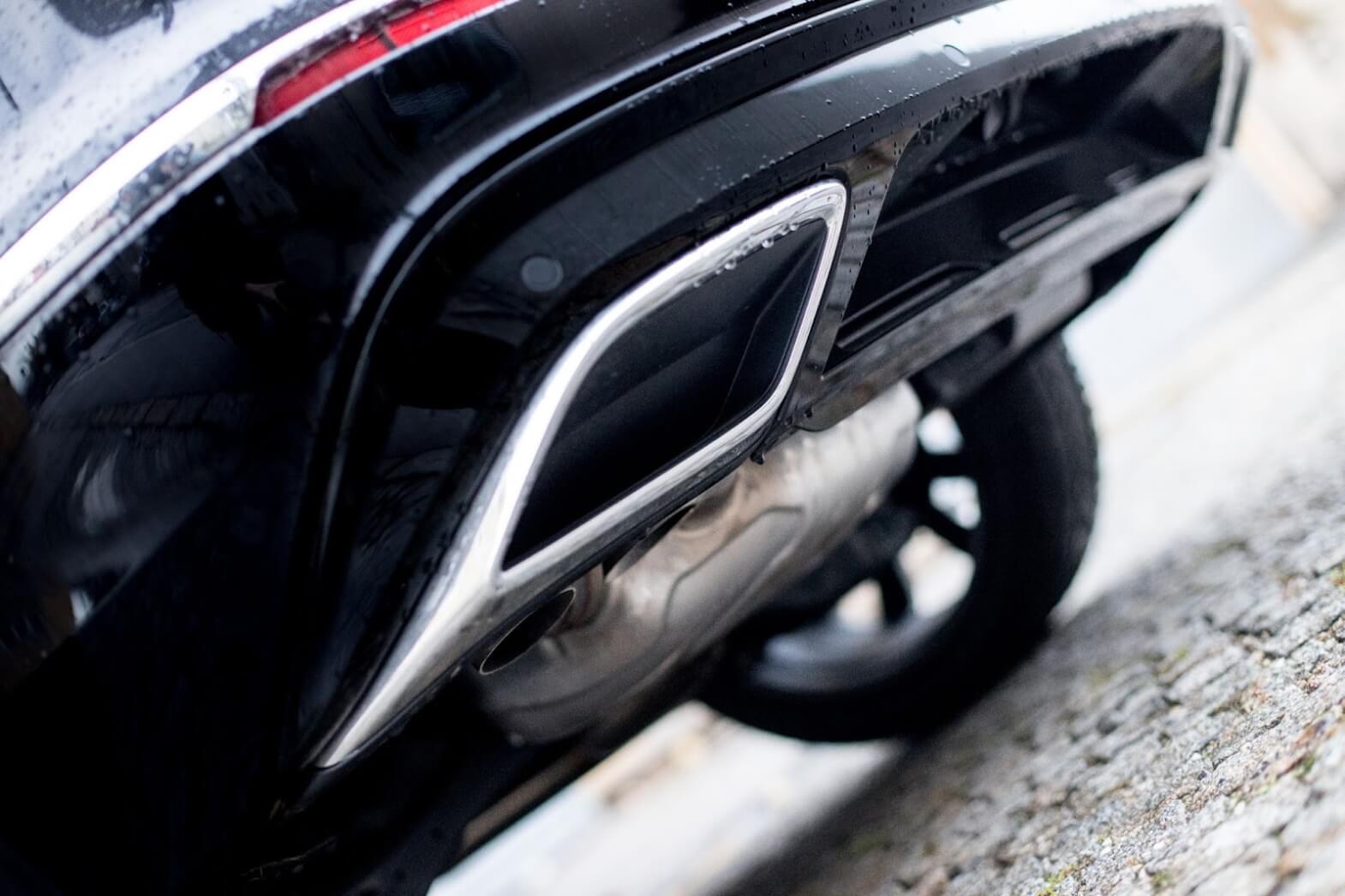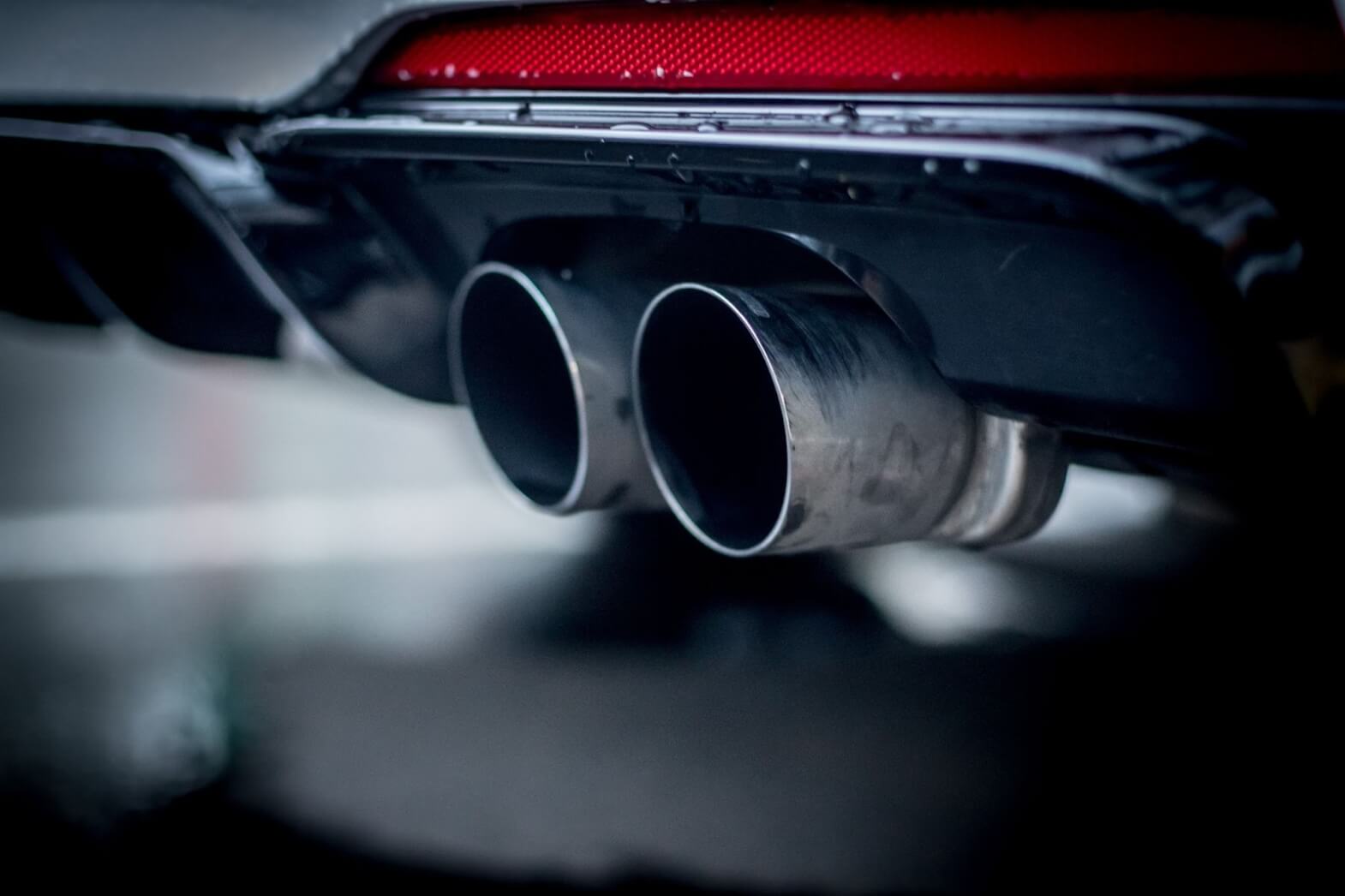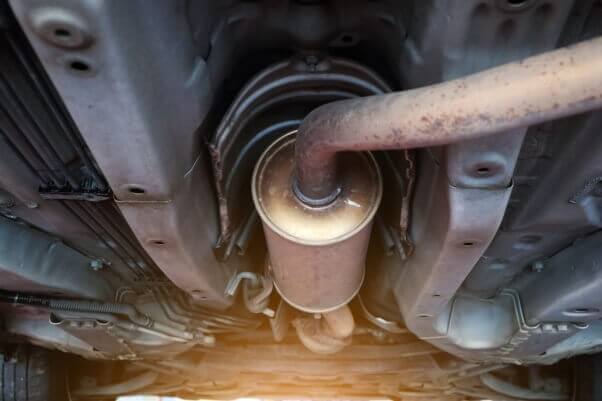Honda Jazz Catalytic Converters Scrap Prices (9 results)
Catalytic Converter Scrap Prices from Honda Jazz - March 22, 2025
- Used Gasoline catalytic converter from Honda Jazz: 45 USD – 56 USD
- Used Ceramic catalytic converter from Honda Jazz: 45 USD – 56 USD
6K (Honda)
Ref:
6K (Honda)
Ref2:
6K HT03E24R / EH17E02R / 56PE0869 / 8228 RGD // 6K MC09E50R / 83HC1548 / RGD
Car brands:
Car models:
Car description:
Honda Jazz IV 1.3 / Honda Fit / Honda City / Honda Civic
Year of car:
Components:
Max price for 6 months: 86 USD
Z9 (Honda)
Ref:
Z9 (Honda)
Ref2:
B7ZD / AB11H92 / BS27H127 / SD02H39 / 912B7ZD / 12CM974 / 93410650 / 915B7ZD / 0YJI1545 / 897B7ZD / 09YM543 / 893B7ZD
Car brands:
Car models:
Car description:
Honda Jazz / Honda New City
Components:
Max price for 6 months: 65 USD
WP (Honda)
Ref:
WP (Honda)
Ref2:
WP HB08H70 / WP (series) // 5AZD
Car brands:
Car models:
Car description:
Honda New City / Honda Jazz
Year of car:
Components:
Max price for 6 months: 66 USD
JP (Honda)
Ref:
JP (Honda)
Ref2:
JP*AP13J35
Car brands:
Car models:
Car description:
Honda Jazz
Components:
Max price for 6 months: 65 USD
Z9 CC15H17
Ref:
Z9 CC15H17
Ref2:
893B7ZD / 09Y11543
Car brands:
Car models:
Car description:
Honda City / Honda Jazz
Components:
Max price for 6 months: 65 USD
WS
Ref:
WS
Ref2:
1545H27
Car brands:
Car models:
Car description:
Honda Jazz
Components:
Max price for 6 months: 52 USD
5AZD
Ref:
5AZD
Car brands:
Car models:
Car description:
Honda City / Honda Jazz
Year of car:
Components:
Max price for 6 months: 66 USD
JA (Honda)
Ref:
JA (Honda)
Car brands:
Car models:
Car description:
Honda Airwave / Honda Jazz Airwave
Max price for 6 months: 212 USD
Prices by car brands
See all brands >
Articles

How to Extract Precious Metals from Catalytic Converters
Mar 21, 2025
Catalytic converters are not just components in your car's exhaust system, they are treasure troves of precious metals waiting to be reclaimed. These metals could be in various combinations, but mostl...

Why are catalytic converters valuable?
Mar 21, 2025
Catalytic converters serve as essential components in every vehicle. Originating in the mid-20th century and entering mass production by the 1970s, modern vehicles adhere to exhaust emission regulatio...

How much does a catalytic converter cost?
Mar 20, 2025
Catalytic converters were developed in 1950 as a response to environmental pollution issues by the growth of the automotive sector. In the middle of the 1970s, they were already put on to a conveyor t...

What Are Torpedo Catalytic Converters?
Mar 21, 2025
Torpedo catalysts are usually larger units compared to conventional catalytic converters. Usually, these uncommonly shaped catalytic converters come from Ford vehicles and are made for specific Ford c...




























